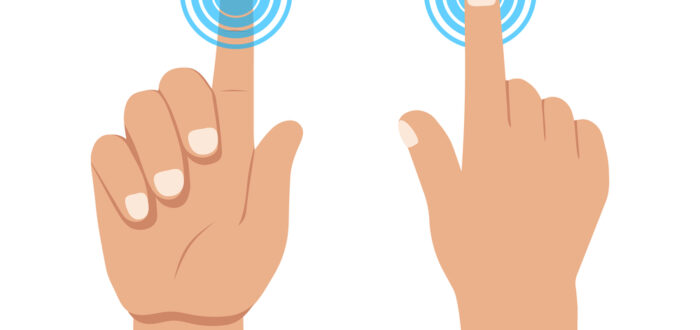In today’s technologically-driven world, haptic feedback devices are gaining momentum as innovative tools that enhance user experiences across various domains. From gaming and virtual reality to healthcare and accessibility, these devices offer tactile sensations that complement visual and auditory cues, enriching interactions and opening new possibilities.
Let’s explore how haptic technology can benefit people with hearing loss and enhance their quality of life in various aspects.
Enhanced Communication and Interaction
For individuals with hearing loss, haptic feedback devices offer a novel means of communication and interaction in situations where traditional auditory cues may be limited or unavailable. By conveying information through touch, these devices enable users to stay connected and engaged with their surroundings, facilitating seamless communication with others and promoting social inclusion.
Alerting and Notification Systems
In environments where auditory alerts or notifications may go unnoticed by individuals with hearing loss, haptic feedback devices serve as invaluable tools for alerting users to important information and events.
Whether it’s a vibrating smartphone for incoming calls or a wearable device for detecting doorbell rings or fire alarms, haptic technology provides tactile cues that grab users’ attention and ensure they stay informed and safe.
Immersive Entertainment and Media Experiences
Haptic feedback technology enhances entertainment and media experiences for individuals with hearing loss by providing tactile feedback that complements visual content. In gaming and virtual reality applications, for example, haptic-enabled controllers and wearables allow users to feel vibrations, impacts, and textures in response to on-screen events, creating a more immersive and engaging experience that transcends auditory limitations.
Navigation and Wayfinding Assistance
For individuals with hearing loss navigating unfamiliar environments, haptic feedback devices offer assistance in wayfinding and navigation tasks. Wearable devices equipped with haptic feedback can provide directional cues and alerts, guiding users to their destinations safely and efficiently.
Whether it’s navigating public transportation or exploring new surroundings, haptic technology empowers individuals with hearing loss to navigate the world with confidence and independence.
Improved Access to Digital Content
Haptic feedback devices enhance access to digital content and information for individuals with hearing loss, particularly in situations where reliance on auditory cues may present barriers. By providing tactile feedback for user interactions with digital interfaces, such as touchscreens and virtual keyboards, haptic technology enables users to navigate and interact with digital devices more effectively, facilitating greater independence and autonomy in daily activities.
As haptic feedback technology continues to evolve and expand its applications, its potential to benefit individuals with hearing loss is becoming increasingly evident. By providing tactile feedback cues that complement auditory cues, haptic devices enhance communication, interaction, and accessibility for individuals with hearing impairments, empowering them to engage with the world around them in more meaningful and inclusive ways.
As we harness the capabilities of haptic technology, we move closer to creating a more accessible and inclusive society where everyone can participate fully and enjoy enriching experiences, regardless of their hearing abilities.
Need Help? Have a Question? Contact Us Today!
At REM Audiology, our hearing care professionals are on hand to help you with your hearing needs. Hearing assessments are quick and painless, and treating your hearing loss can go a long way towards improving your quality of life. To book your appointment, call us today on (888) 710-5734. Alternatively, click here to contact us online.

